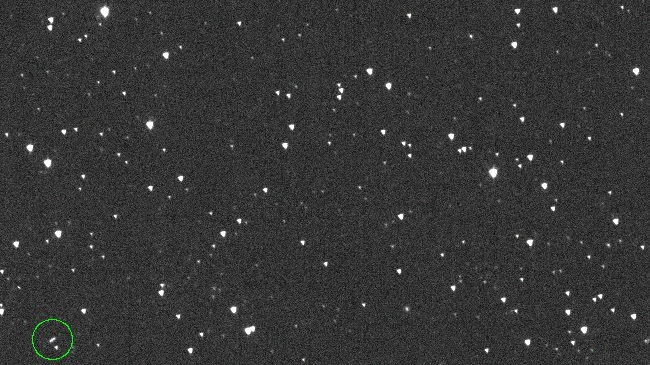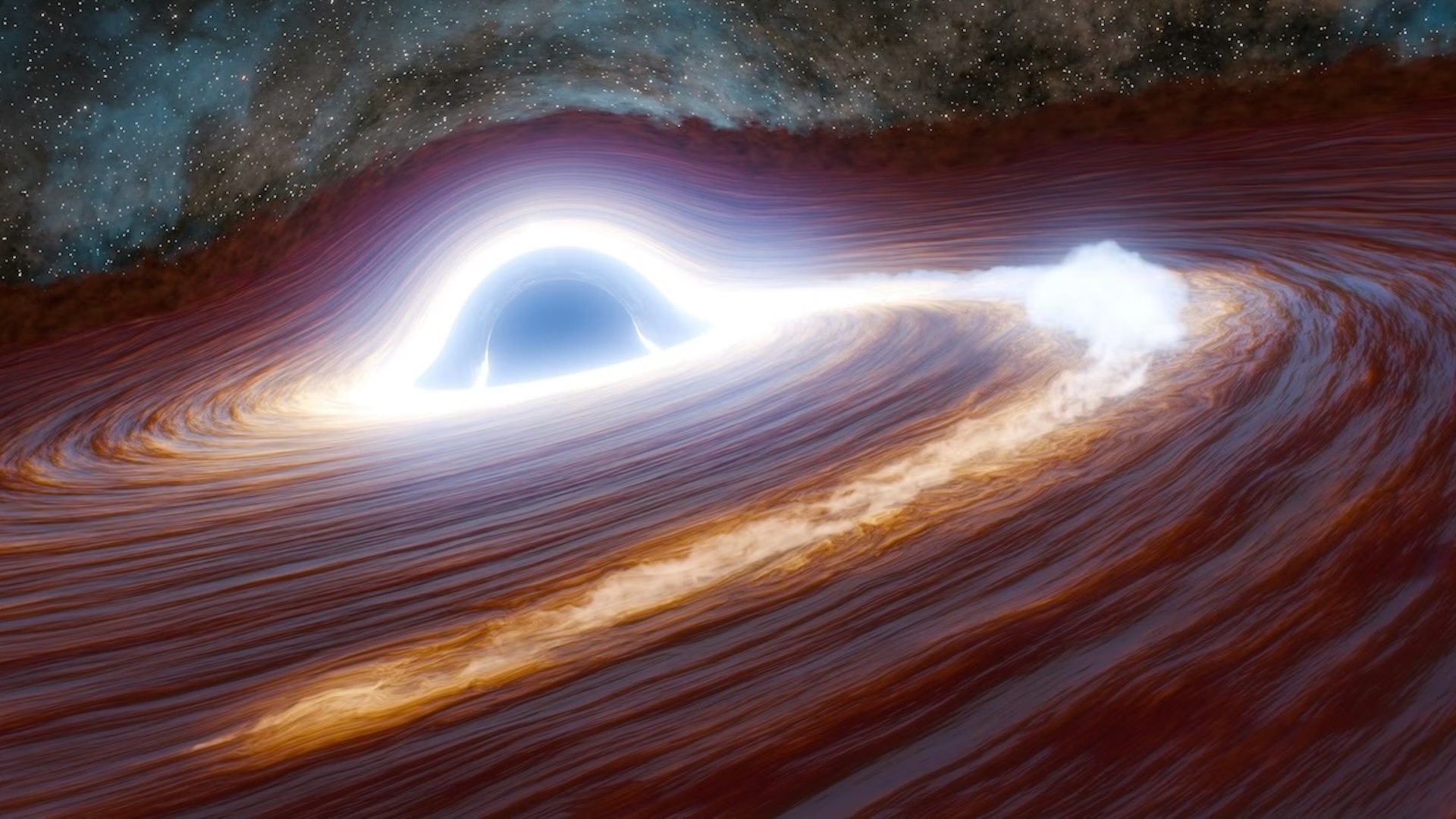'City killer' asteroid 2024 YR4 could shower Earth with 'bullet-like' meteors if it hits the moon in 2032
There is currently a 4.3% chance that the giant space rock 2024 YR4 will hit the moon in seven years. If this does happen, debris from the nuclear bomb-like impact could trigger a "spectacular" meteor shower that will endanger Earth-orbiting satellites.

New simulations reveal that the infamous "city killer" asteroid 2024 YR4 could shower Earth with "bullet-like" debris if it hits the moon in seven years' time, potentially triggering an eye-catching meteor shower — and endangering the satellites that orbit our planet.
2024 YR4 is a potentially hazardous asteroid measuring roughly 200 feet (60 meters) across, making it large enough to wipe out a large urban area if it were to hit Earth head-on. It was first discovered in December 2024 but made headlines earlier this year when scientists first predicted that there was a chance it could smash into Earth on Dec. 22, 2032. The odds of a collision peaked at 3.1% in February, which was enough to prompt NASA to study it extensively. However, subsequent analysis revealed there is zero chance of it impacting our planet.
But in April, researchers realized that, while Earth is no longer in the firing line, the space rock could still hit the moon. The odds of such a collision have grown slowly but steadily, and most recently jumped to 4.3% earlier this month. Experts will likely know the final likelihood by 2028, when the asteroid will make its next close approach to our planet.
In a new study, uploaded June 12 to the preprint server arXiv, researchers ran computer simulations to model what a lunar impact might look like. The team estimated that up to 220 million pounds (100 million kilograms) of material could be ejected from the lunar surface. If 2024 YR4 hits the Earth-facing side of the moon — which is roughly a 50/50 chance — up to 10% of this debris could be pulled in by Earth's gravity over the following days, the scientists wrote.
2024 YR4 would be the largest space rock to hit the moon in "at least 5,000 years," study lead author Paul Wiegert, an expert in solar system dynamics at Western University in Ontario, Canada, who has also extensively studied the "God of Chaos" asteroid Apophis that will zip past Earth in 2029, told French news site AFP. The impact would be "comparable to a large nuclear explosion in terms of the amount of energy released," he added.

It is important to note that the new simulations (visible below) were created before the odds of a lunar impact rose from 3.8% to 4.3% on June 16, which slightly raises the chances of this scenario playing out. But it is still far from a certainty. The findings from the new study have also not yet been peer-reviewed.
Get the world’s most fascinating discoveries delivered straight to your inbox.
It is unlikely that any of the potential debris fragments will pose a risk to people on the planet's surface. Instead, we may be treated to a "spectacular" meteor shower as wayward fragments of rock burn up in Earth's atmosphere, which could last for several days and be seen by people across the globe, Weigert said.
But while we will almost certainly be safe on the ground from any potential lunar meteor shower, our space-based infrastructure could be under threat. The amount of debris that could potentially be pulled close to Earth makes it around 1,000 times more likely that our satellites could be struck by a meteor. And by 2032, the number of spacecraft orbiting our planet is expected to rise significantly.
"A centimeter-sized rock traveling at tens of thousands of meters per second is a lot like a bullet," Weigert said. Such an object could easily take out a satellite or cause critical damage to human-inhabited space stations, such as China's Tiangong station. (The International Space Station is scheduled to be decommissioned by 2030.)

If the odds of a lunar impact increase further in the coming years, government agencies may make the decision to try and divert the asteroid's course to protect Earth's space assets. The asteroid would be a "good target" for testing our planetary defence capabilities, Weigert said. "I'm sure it will be considered."
NASA already demonstrated its ability to redirect dangerous asteroids back in 2022, when it diverted the trajectory of the asteroid Dimorphos by slamming the DART probe into it. 2024 YR4 is only around half the size of that particular space rock.
However, if we wait too long, it may become "dangerous" to try and alter the space rock's trajectory because a wrong move could put it onto a potentially catastrophic collision course with Earth, Weigert said.
Some experts are also worried that the proposed cuts to NASA's budget by the Trump administration could make it harder to track dangerous asteroids, such as 2024 YR4, in the future.

Harry is a U.K.-based senior staff writer at Live Science. He studied marine biology at the University of Exeter before training to become a journalist. He covers a wide range of topics including space exploration, planetary science, space weather, climate change, animal behavior and paleontology. His recent work on the solar maximum won "best space submission" at the 2024 Aerospace Media Awards and was shortlisted in the "top scoop" category at the NCTJ Awards for Excellence in 2023. He also writes Live Science's weekly Earth from space series.
You must confirm your public display name before commenting
Please logout and then login again, you will then be prompted to enter your display name.
